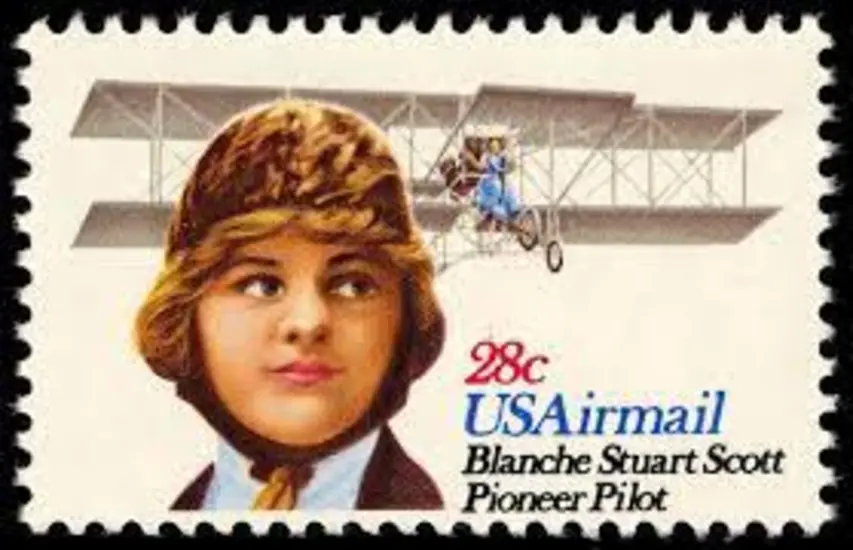
Did you enjoy these activities?
Sign up for our mailing list to get notified when more activities like this become available, learn about upcoming family days, get reminders to sign up for other family-friendly programs like virtual planetarium shows and story times, and more.

















